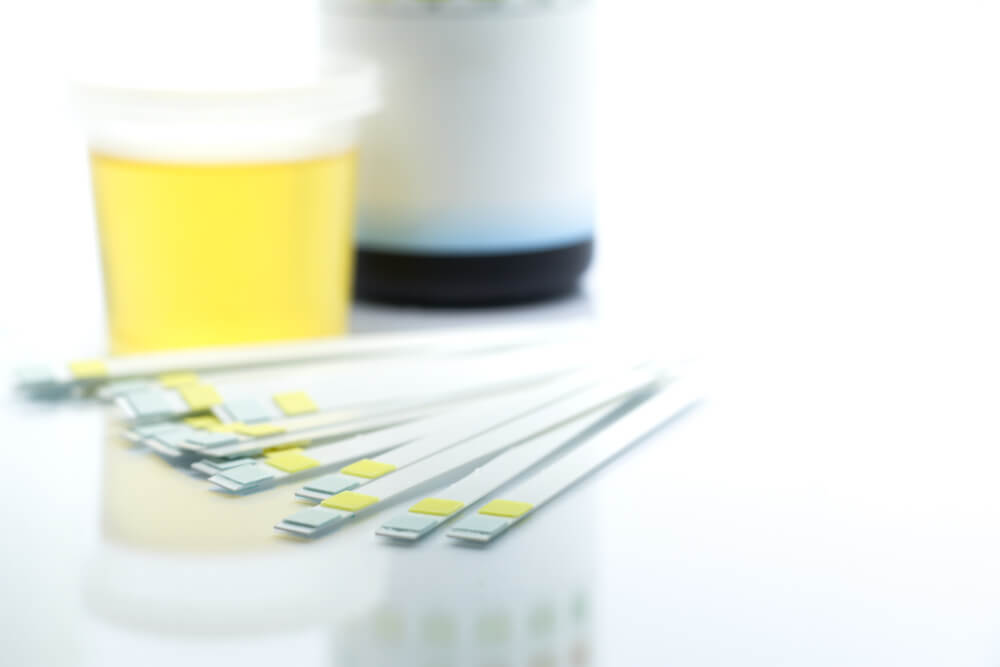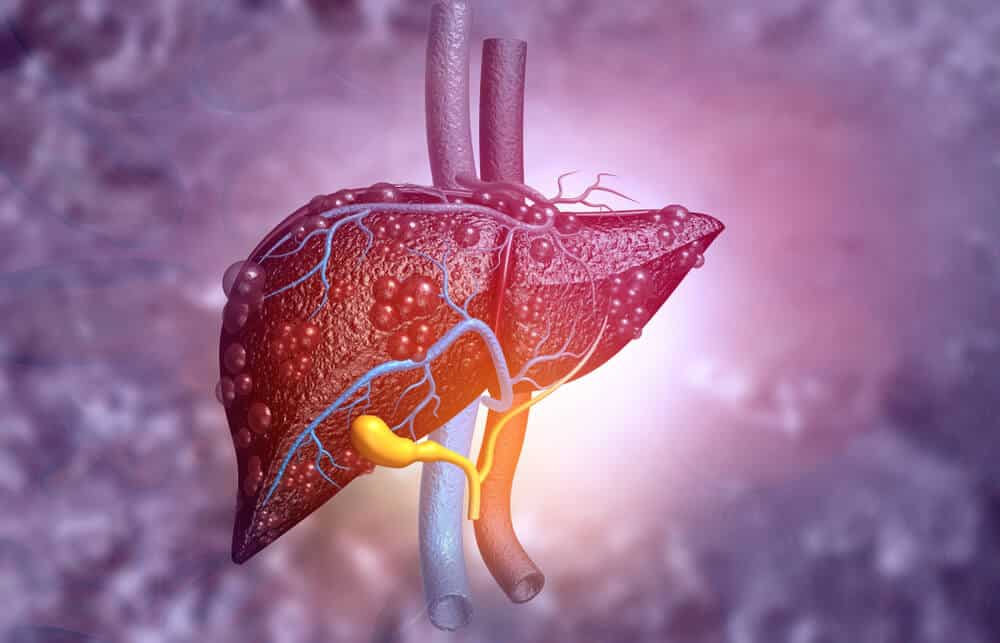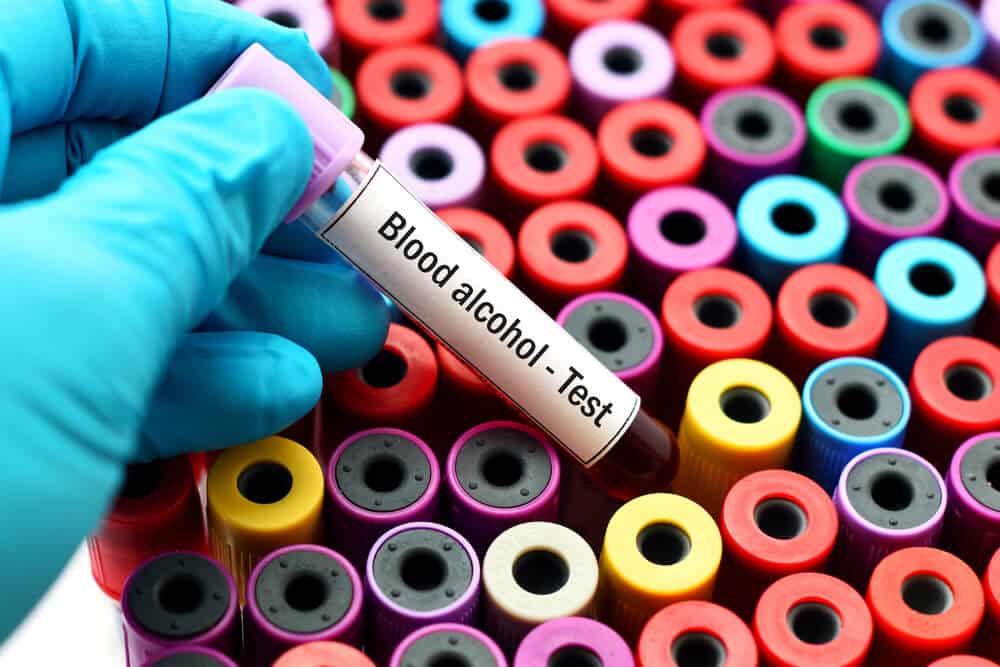Alcohol beverages comes in three distinct varieties: beer, wine, and liquor. However, regardless of which type of alcohol you consume, the amount of time it takes for your body to eliminate the alcohol in your bloodstream from each of these drinks will depend on a host of factors specific to your physiology. Factors such as weight, sex, and age will all affect the rate at which your body absorbs and eliminates alcohol from your system.
When you drink alcohol, it is absorbed into your bloodstream through the lining of your stomach and intestines. Then the alcohol is distributed throughout your body, affecting almost all of your bodily functions, including your kidneys, bladder, liver, lungs, heart, and skin. Because alcohol is distributed throughout your entire body, how long it is detectable for will depend on which type of test is used and how much alcohol you consumed.
On average, it will take your body one hour to remove one standard drink from your bloodstream. If you have several drinks in rapid succession, it will take your body one hour to remove each serving, extending the period for which alcohol will remain in your system. Those who drink more regularly and whose bodies have adapted to higher levels of alcohol intake can process alcohol more quickly. Thus, their bodies can eliminate the same amount of alcohol more efficiently.
How Long Does Alcohol Remain Detectable in Your System?
Saliva, a popular alcohol test, can read positive for alcohol up to two hours after your last drink. It will be detectable in your urine, sweat, and breath for as long as your liver is breaking down alcohol. As we mentioned, alcohol is dispersed throughout your entire body by your blood, meaning that traces of it remain in your hair. Due to the slow growth and replacement rate of hair, tests can detect alcohol in your hair for up to 90 days after your last drink!

- Saliva test: detectable 2 hours after consumption
- Urine test: detectable 12 to 80 hours after consumption
- Breath test: detectable up to 24 hours after consumption
- Hair test: detectable for 90 days after consumption
These are just average times, and several factors will determine the actual length of time that alcohol can remain in your system. We will review a few of those factors here. But first, let’s look at what constitutes a single serving of alcohol (based on the type of drink), how it affects your system, and how your body processes this intoxicant.
A Standard Drink
Different forms of alcoholic beverages have different alcohol percentages by volume (abv.), and as such, the amount that determines a single serving varies.
One standard drink by beverage type:
- 2.5 oz. (37 mL) for 80 proof (40% abv.) liquor
- 12 oz. (355 mL) for beer
- 7 oz. (207 mL) for malt liquor
- 4-5 oz. (118-148 mL) for wine
- 10 oz. (295 mL) for wine cooler
Glass sizes can also vary, and many types of glassware designed for alcohol will exceed these single-serving measurements when filled.
A large wine glass can hold 8–10 ounces, which is two servings. A pint glass (or solo cup) can hold 16 ounces, which is three servings of beer!
These measurements are taken from the University of Notre Dame’s Division of Student Affairs site on safe alcohol consumption.
The NIH also has several online alcohol calculators that can be very helpful, including serving size by the glass, a mixed drink calculator, and a blood alcohol content (BAC) calculator.
What Happens When You Drink Alcohol & How Your Body Removes It
Alcohol’s first stop is your stomach followed by your intestines, both of which absorb alcohol through capillaries in their linings. The bloodborne alcohol then passes to your liver through the portal vein. When it first arrives, some of the alcohol will be processed out. Whatever amount remains is then passed into the rest of your bloodstream, which carries the substance throughout the rest of your body.
Once it has entered your broader circulatory system, it spreads to every major organ, including your kidneys, heart, and brain. Alcohol’s ability to reach almost every part of your body is why it can cause so many different issues, including myopathy (muscle tissue disease), heart myopathy, (heart disease), pancreatitis, gastritis (stomach inflammation), polyneuropathy (peripheral nerve disease), and many more. Alcohol reaches every tissue and organ in your body except fat and bone.
Your liver will remove most of the alcohol as it continues to circulate through your blood, although your kidneys, lungs (through exhalation), and skin (through sweating) are also potential ways of removing alcohol from your blood. Because of this, alcohol can be detected in urine, breath, and sweat testing.
How Your Liver Processes Alcohol

Because a human liver can only process one serving of alcohol per hour, the length of time that alcohol stays in your system will depend heavily on the amount of alcohol you have consumed in a given amount of time. Consuming several generous sized beverages in a short period could mean that your BAC is above the legal limit the morning after!
That’s why heavy drinking can cause a variety of alcohol-related diseases and disorders. Alcohol reaches all body tissues except bone and fat.
The Division of Student Affairs from Notre Dame University list these average BACs based on consumption rate:
| 185lb male | Time until BAC = 0 |
| 2 drinks in 1 hour = .025 BAC | 1 hour |
| 3 drinks in 1 hour = .045 BAC | 3 hours |
| 5 drinks in 1 hour = .085 BAC | 5+ hours |
| 130lb female | Time until BAC = 0 |
| 2 drinks in 1 hour= .053 BAC | 3+ hours |
| 3 drinks in 1 hour = .088 BAC | 6 hours |
| 4 drinks in2 hours= .106 BAC | 7 hours |
Remember that BAC measures the alcohol content of your blood; however, alcohol can remain in different parts of your system for more extended periods. For more information on what BAC means and how to calculate it, check out verywellmind.com’s guide.
These are average times given for a male and female of a certain weight. Several factors can affect your body’s ability to process alcohol.
Factors That Can Affect Your BAC
There are several aspects particular to your body and mind that can affect how you metabolize (process) alcohol and can alter your BAC—the percentage of alcohol in your blood.
Let’s take a look at a few of those considerations:
Food
You should never drink on an empty stomach because the effects of alcohol can be more severe . The rate at which you absorb alcohol will depend on what and how much you have had to eat. Protein-rich foods like tofu, meat, and cheese will slow down your body’s absorption even more than other foods.
A person who has consumed no food and then begins to drink will reach peak BAC at 30 minutes to two hours, depending on how much they drink.
Eating beforehand can slow this down and can see BAC peak anywhere from 1 to 6 hours, again depending on the amount of alcohol consumed.
The Strength of the Drink
More potent drinks not only contain more alcohol, but they inhibit the mucous membranes that line the gastrointestinal tract slowing down your absorption rate. And of course, higher proof/percentages of alcohol will lead to increased BAC.
Rate of Consumption
Consuming drinks more quickly will allow the alcohol to enter your bloodstream before the liver has a chance to break it down, leading to a higher BAC.
Functional Tolerance
Functional tolerance is a behavioral adaptation to alcohol and does not affect how quickly your body processes alcohol; instead, it alters the strength of the effects you feel. Having a higher functional tolerance equates to feeling less drunk but has no actual impact on your BAC.
The Division of Student Affairs from Notre Dame University suggests that having a functional tolerance of 50%—meaning it takes twice as many drinks to feel the same effects as it once used to—could indicate that someone has or is developing a problematic relationship with alcohol.
Mood
Your mood can affect the way you react to alcohol upon ingestion. Many people enjoy the uplifting effects of a couple of drinks; these usually feel these effects at a BAC of .02-.05. However, once you reach ~.07 BAC, the mood elevation can give way to more negative emotions.

Alcohol Expectancy
It is not just your mood that can affect how you process and react to alcohol, so can your intentions. Several studies have shown that your intent when consuming can have an even more significant impact on the effects you feel than the amount of alcohol!
Those who intend to get “drunk” can feel strong inebriation effects even on imitation non-alcoholic drinks like “mocktails” and “alcohol-free beer.”
Fatigue
Feeling tired can produce many of the same deleterious effects as alcohol, and as such, consuming alcohol when you are already feeling fatigued can magnify these feelings leading to an intensification of your intoxication. Fatigue also affects your organs, and your liver will not be able to eliminate alcohol as quickly, allowing it to linger in your system for extended periods. The result is a higher BAC than you might typically get when rested.
Illness
When you are sick, your body is also usually dehydrated, which decreases the water in your bloodstream, leading to a higher BAC. Dehydration also affects your liver’s ability to metabolize alcohol. We often also take medications when we are sick, either over-the-counter or prescribed, both of which can interact with alcohol and lead to problems.
Medication
Most people are either unaware or forget that alcohol is a drug and can interact with other medications in your system. You should always consult with your physician or pharmacist before consuming alcohol with other medicines, even over-the-counter varieties. This conversation needs to include a discussion about dosage, the amount of alcohol, as well. When doctors or physicians refer to “social drinking,” they generally mean one to two drinks per night. Talk to your healthcare professional for guidance and be explicit when discussing the amount of alcohol intake that is appropriate.
There are several ways that alcohol can interact with medications. Cold medicines and pain killers can multiply the effects by as much as ten times, turning what would otherwise be lightly intoxicating amounts of alcohol into dangerous overconsumption.
The liver also processes several other types of drugs, and taking them in combination with alcohol can be very dangerous for your health. If you take over-the-counter medications—including herbal medicines and supplements—or prescriptions, talk to your healthcare provider about any potential interactions with alcohol.
Body Weight & Biological Sex
As men tend to weigh more, these two factors are often related. However, there are other differences between men and women that can alter how they process and react to alcohol.
The more you weigh, the more body mass you have to diffuse the alcohol through which can lead to a lower BAC.

Hormone levels also affect how long alcohol stays in your system. Those drinking the same amount of alcohol before menstruation will produce higher BACs than at other points in their cycle.
Women also tend to have a higher percentage of body fat and a lower percentage of water, which will also alter the intoxicating effects of alcohol and how long it remains in their body’s system.
Age
As we age, our bodies go through multiple changes, including a decrease in metabolism, loss of muscle tissue, decreased hydration levels, and a decrease in organ functioning. All of these factors will affect how long alcohol stays in the system of older adults—leading to increased intoxication effects and BAC.
Now that we have looked at all these factors that affect the processing of alcohol in our bodies let’s take a look at how long it can take you to sober up, depending on your BAC.
Length of Time to Reach Sobriety
As we have seen, several factors can affect your BAC and how your body reacts to and processes alcohol. However, most people’s bodies can remove alcohol at a rate of 0.015 grams of alcohol per deciliter of blood every hour—roughly one drink per hour.
If you have a blood alcohol content of .08, it will stay in your system for nearly five and a half hours. A .20 BAC can take anywhere from 12 to 14 hours to reach 0.
The Student Health Services program of Southern Illinois University provides an illuminating chart:
| BAC | Time Until Sober |
| .04 | 2.5 hours |
| .08 | 5 hours |
| .10 | 6.25 hours |
| .16 | 10 hours |
| .20 | 12.5 hours |
Conclusion
How long alcohol stays in your system and the effects you will feel depend on several considerations that are specific to your body. Alcohol is detectable in your body, depending on the test used, for anywhere from 2 hours to 90 days!
Need help or know someone who needs help with alcohol dependency issues? Join the Loosid community to see how we can help you or your loved one live a life in sobriety.


